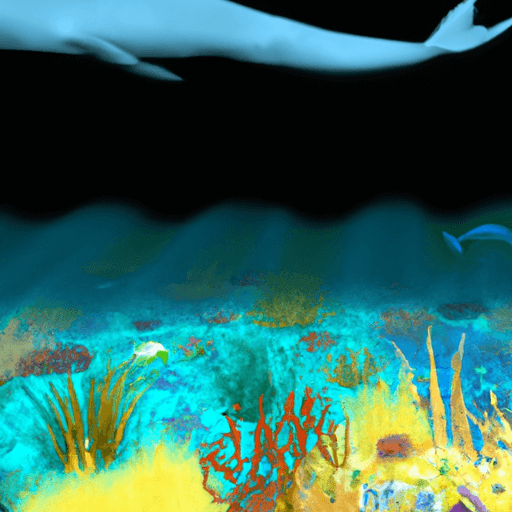Climate Change's Impact on Marine Life
The ongoing global climate shift affects every corner of the earth, none more so than the vast oceans that cover approximately 70% of the planet's surface. It is altering marine ecosystems on an enormous scale, impacting the behavior and survival of marine life in myriad ways. The primary drivers of these changes are centered around increasing global temperatures, ocean acidification, and increased storm frequency, together posing a grave risk to long-term biodiversity.
Rising Temperatures and Ocean Acidification
Rising global temperatures result in warmer ocean waters, which hold less oxygen - a vital survival element for most marine species. As a result, marine species globally are moving toward cooler and oxygen-rich areas leading to changes in migratory patterns. For instance, warm-water coral reefs, which take thousands of years to form, are facing large-scale 'bleachings' triggered by increased water temperatures.
Concurrently, increased carbon dioxide (CO2) emissions have led to ocean acidification, significantly altering the pH level of the ocean's surface water. This change is deadly for marine life such as shellfish, coral reefs, and plankton that rely on carbonate ions in the water to develop their hard shells and skeletons.
Increased Storm Activity
On a similar note, rising sea surface temperatures spark increased storm activity. These extreme weather events lead to cases of habitat destruction, thereby adversely affecting the survival and behavioral pattern of marine species.
Behavioral Changes and Possible Long-Term effects
These environmental stressors are catalysts for various adaptations and behavioral changes. They range from altered reproductive timings and migration routes to adapted hunting behaviors. The consequences of these changes on the biodiversity of marine ecosystems could be severe, with potential mass extinctions and a large-scale imbalance between different marine species.
Role of Scientists and Mitigation Measures
Researchers worldwide are actively studying these changes. From satellite tagging to data-gathering buoys, they are monitoring marine animal behavior and ocean conditions to better understand these trends. Critical study areas include assessing the physiological impacts of acidification, temperature influences on marine species distribution, and the consequences of habitat loss on marine biodiversity.
Addressing these concerns can begin with substantial reductions in greenhouse gas emissions and pursuit of cleaner, renewable energy sources. Protecting marine habitats and implementing sustainable fishing practices can additionally mitigate the impacts of climate change on marine life.
Wider Implications for Global Biodiversity
If these trends continue, the consequences for global biodiversity could be catastrophic. The threat extends beyond marine life, as it would impact populations and economies that rely on marine resources for sustenance and livelihood. Therefore, concerted global effort is crucial not just for the oceans, but for the entire earth's biodiversity.

















Comments
Leave a Comment